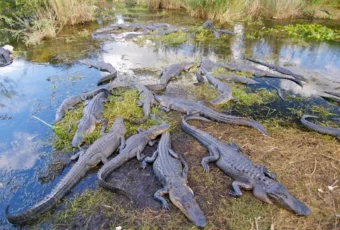Koko
Koko the gorilla is perhaps the most significant animal to date in modern history. She was known “the gorilla that understands 2,000 words and can sign 1,000 of them.” She made a huge impact on the scientific community and the world. Her existence led to major revelations about animal empathy and communication.
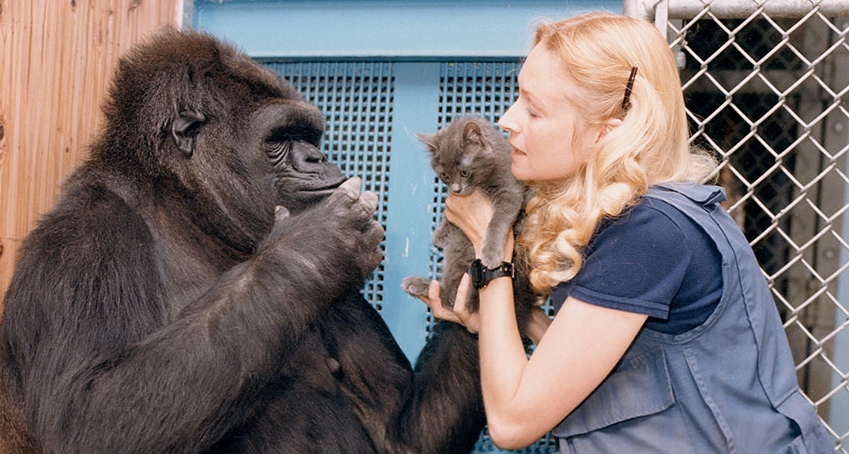
Koko
Hanabi-Ko “Koko”
Koko was born Hanabi-ko which is Japanese for “fireworks child.” She was named this because her birthdate is actually on American independence day: July 4, 1971. Since she was young she was only called “Koko.”
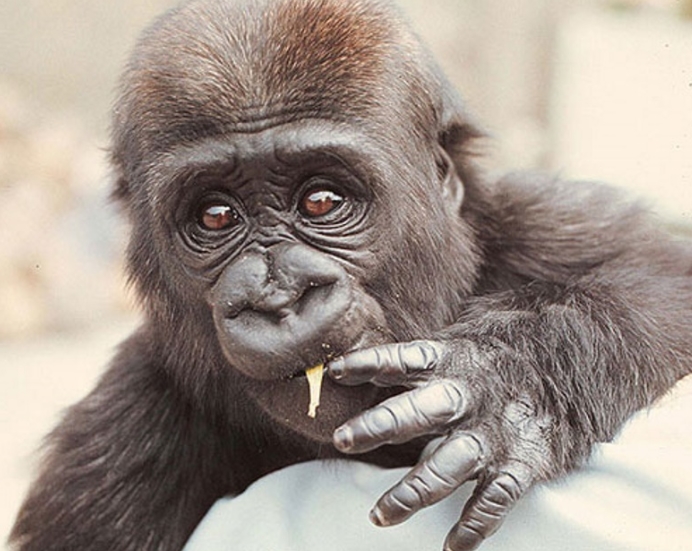
Hanabi Ko Koko
Koko Meets Penny Patterson
Koko was born at the San Francisco Zoo in California. At age 1 she was loaned to Francine “Penny” Patterson, who was a doctoral candidate in developmental psychology at Stanford University. She had an interesting theory that animals were a little more like humans than everyone else thought.
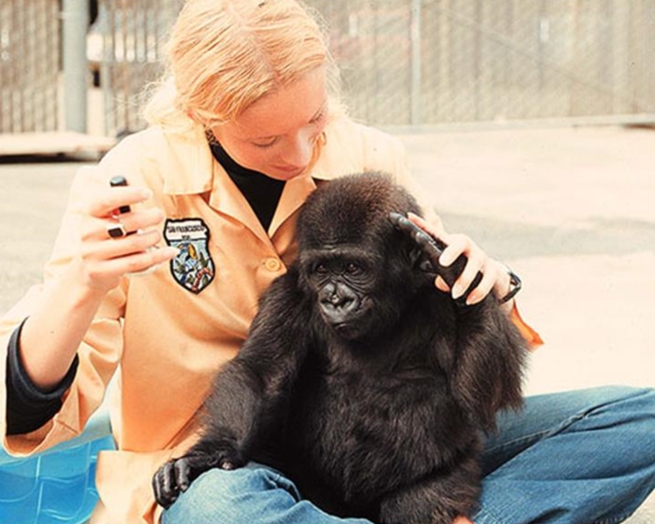
Koko Meets Penny Patterson
Animals Are Like Humans?
Over the course of history, scientists and philosophers have debated about the emotional intelligence and linguistic abilities of animals. Some believe animals have emotions, inner thoughts, and the ability to communicate like humans. Others believe there is a clear line that makes humans distinct from animals. Some argue humans are unique because evolution has allowed us the ability to use a working language and have a sense or understanding of oneself.
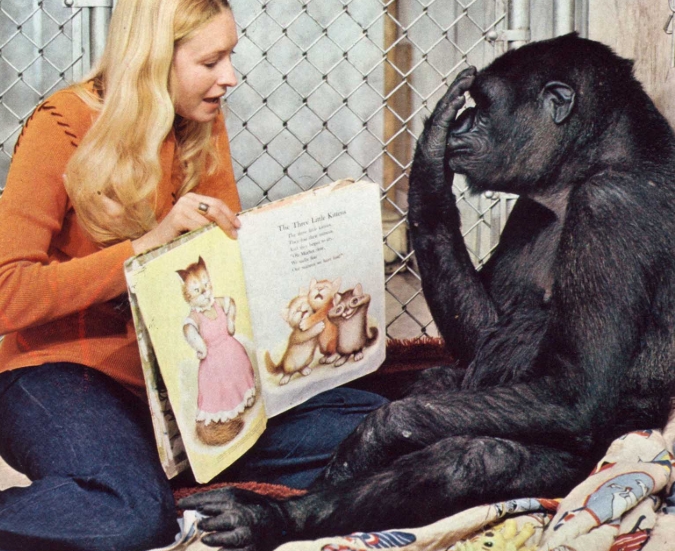
Animals Are Like Humans@
Sign Language
Penny Patterson wanted to see if animals too could express themselves like humans, and examine if they had similar thoughts and feelings. Patterson first began working with Koko in 1972, teaching her sign language.
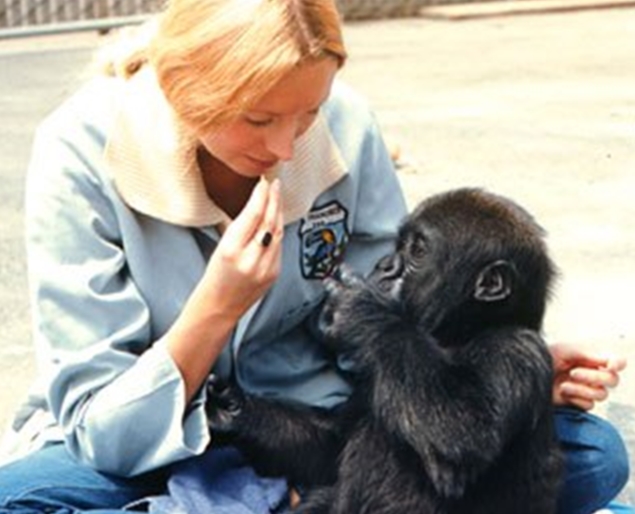
Sign Language
Learning American Sign Language
Koko was first loaned to Patterson when she was 1 years old for an interspecies communication research project at Stanford University. After teaching Koko some American Sign Language (ASL) successfully, she collaborated with fellow researcher Ronald Cohn. The duo co-founded The Gorilla Foundation which is a non-profit organization which aimed to officially adopt Koko and supports research efforts about the amazing gorilla.
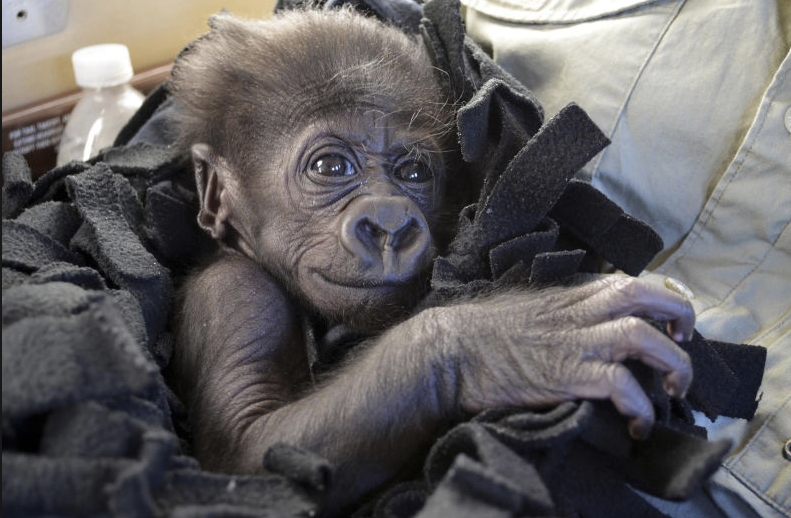
Learning American Sign Language
Official Adoption
The duo was successful! Patterson and Cohn raised $12,000 to officially adopt Koko. After the adoption, Koko moved with the group to the Santa Cruz Mountains in 1979.
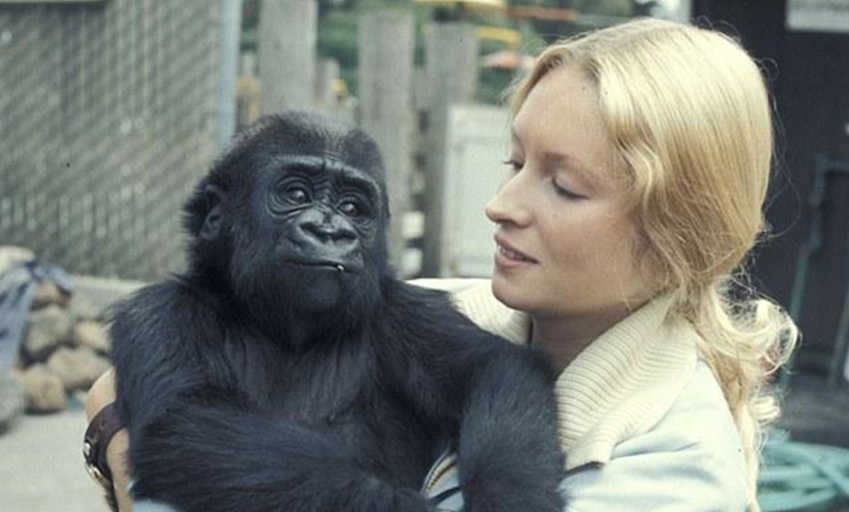
Official Adoption
A Great Leap Forward
Let’s not move too quickly. The mere teaching of some American Sign Language to Koko was remarkable! Just by doing this, Patterson helped reveal that great apes have linguistic abilities similar to young children. In fact, Anne Russon, a researcher at York University, said that teaching Koko sign language, as opposed to solely verbal communication, was a “great leap forward.”
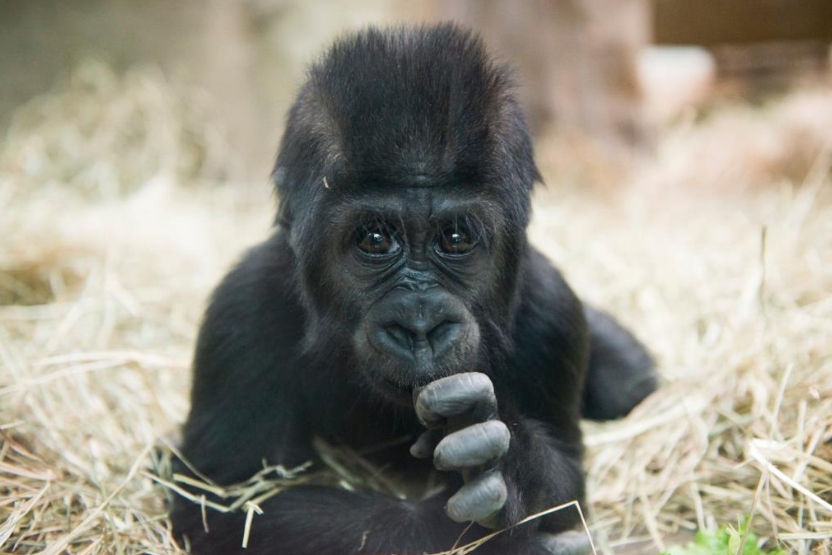
A Great Leap Forward
Linguistically Gifted
Koko was already becoming the most intelligent ape in history! Under the guidance of Patterson, she learned more than 1,000 words in sign language and came to understand over 2,000 words spoken to her in English.
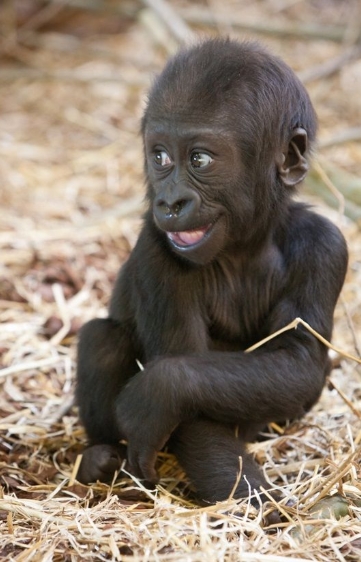
Linguistically Gifted
Verbal And Communication Abilities
First, Koko learned simple nouns like toy, apple, and cookie. Then she learned hundreds of them! She progressed to verbs and then developed mood and emotional communication abilities similar to humans. Can you believe that?
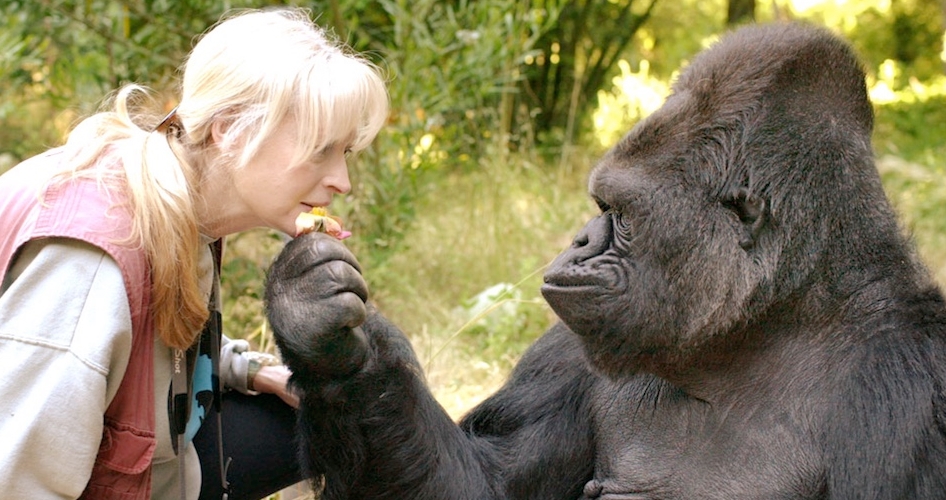
Verbal And Communication Abilities
Koko Understood Meaning Behind Words
Koko soon displayed that she had thoughts and the ability to build sentences! For example, she signaled to Patterson, “You key there me cookie.” She was asking Patterson to open the cabinet and bring her a treat. Not only was she communicating, but she understood the meaning behind her communication.
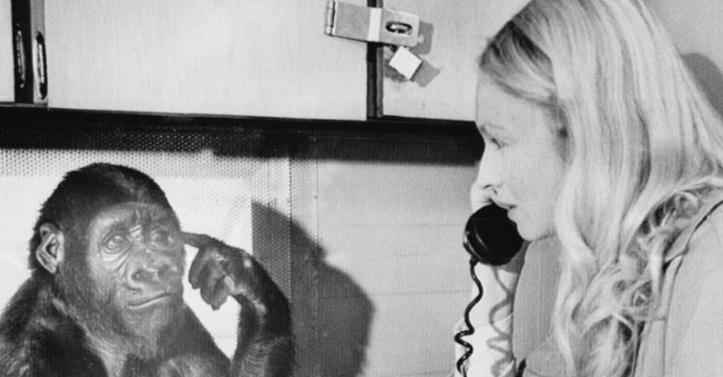
Koko Understood Meaning Behind Words
Patterson & Koko
In an interview with ABC News, Francine “Penny” Patterson said, “She taught me more than I taught her, for sure.” She continued, “She had opportunities to show her brilliance and that’s what we saw. We saw a person, really. She had all the attributes of a person and then some.”
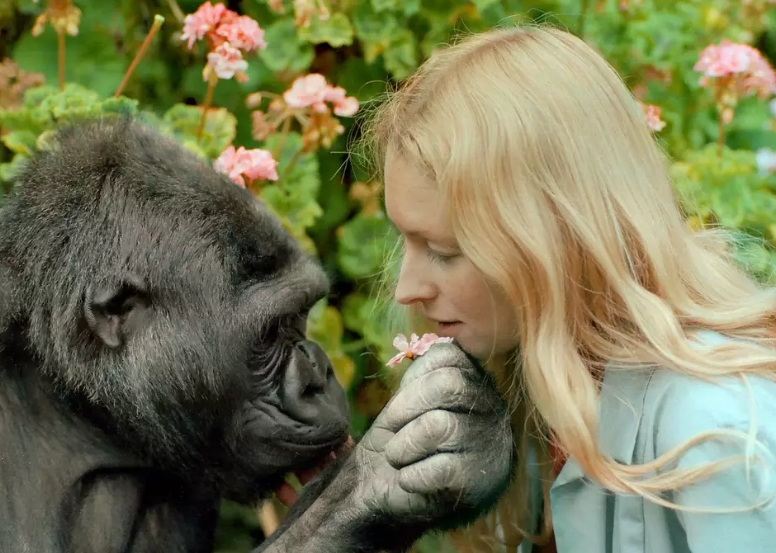
Patterson Koko
Super Smart Gorilla
Additionally, Barbara King, a professor of anthropology at the College of William and Mary said, “Because she was smart enough to comprehend and use aspects of our language, Koko could show us what all great apes are capable of: reasoning about their world, and loving and grieving the other beings to whom they become attached.”
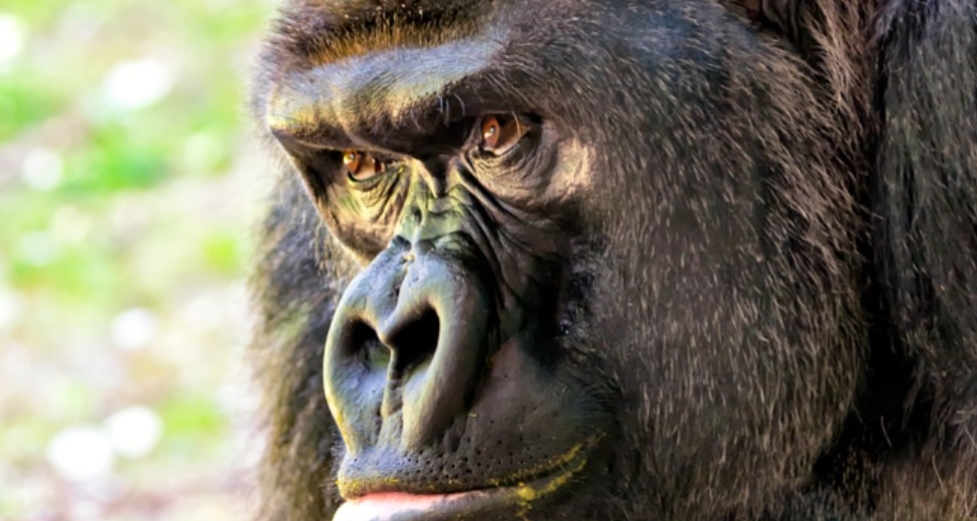
Super Smart Gorilla
Rise To Fame
Koko quickly became an international celebrity! How could she not? She was the only animal with a vocabulary of more than 1,000 signs and the ability to understand 2,000 words of spoken English!
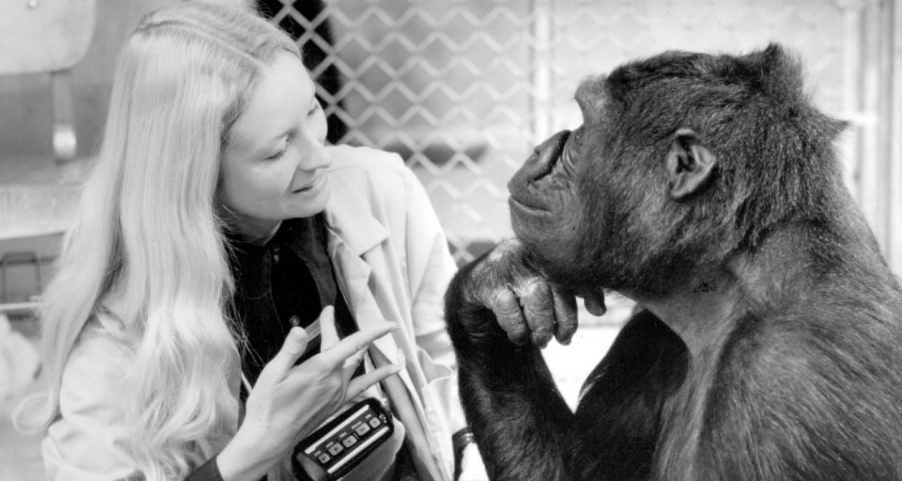
Rise To Fame
Endangered Species
Koko was a western lowland gorilla which is considered an endangered species by the International Union for Conversation and Nature. Koko revealed not only language abilities, but her behavior suggested the species had emotions similar to humans. She seemed to have a sense of humor, and was even a bit mischievous!

Endangered Species
Celebrity Status
Koko became the most famous western lowland gorilla ever! National Geographic magazine definitely helped with Koko’s rise to fame. The magazine featured Koko on its cover twice.
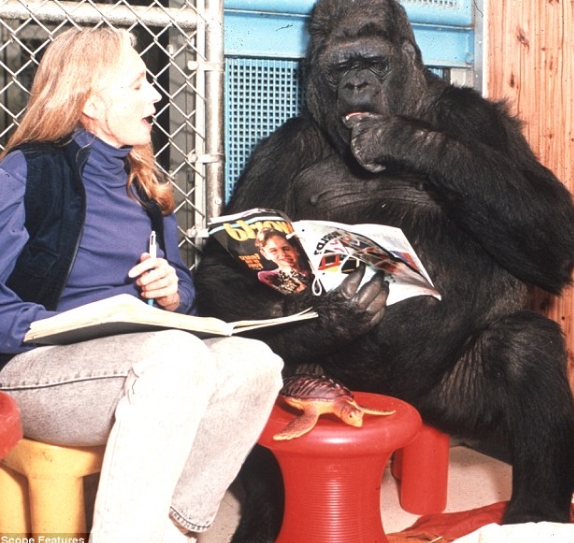
Celebrity Status
First Animal Selfie Ever??
The first time Koko was on the cover of National Geographic was in October 1978. It displays a photograph that Koko took of herself in a mirror.
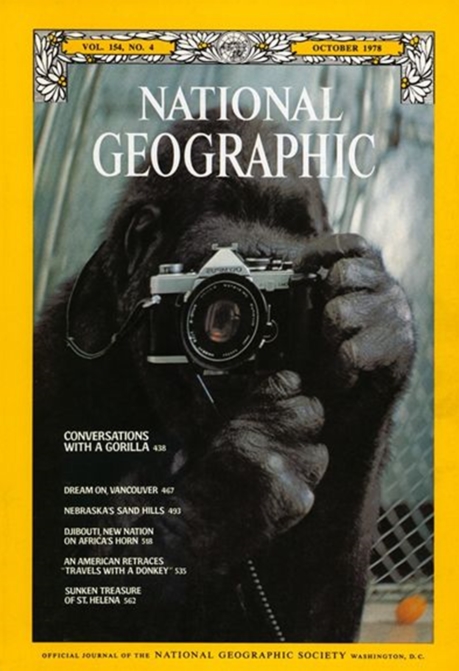
First Animal Selfie Ever??
She Wanted A Pet Kitty!
In 1983, researchers at The Gorilla Foundation stated Koko was asking for a pet cat for Christmas. She was first given a stuffed animal but was less than pleased. She refused to play with it and signaled “sad” in American Sign Language. She pretty clearly wanted the real thing!
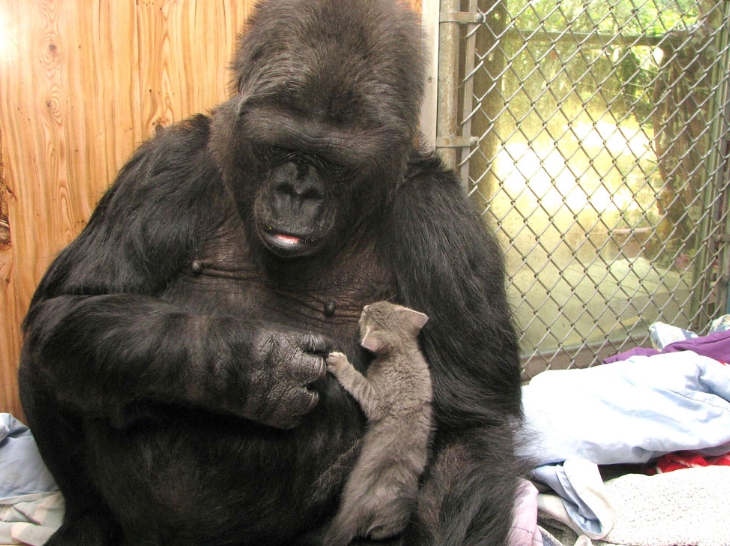
She Wanted A Pet Kitty
A Kitten Of Her Own
On Koko’s birthday on July 4, 1984, she was allowed to choose a kitten from a litter of abandoned kittens. She picked a gray kitten and named him “All Ball.” Researchers reported Koko cared for the kitten like it was her own baby!
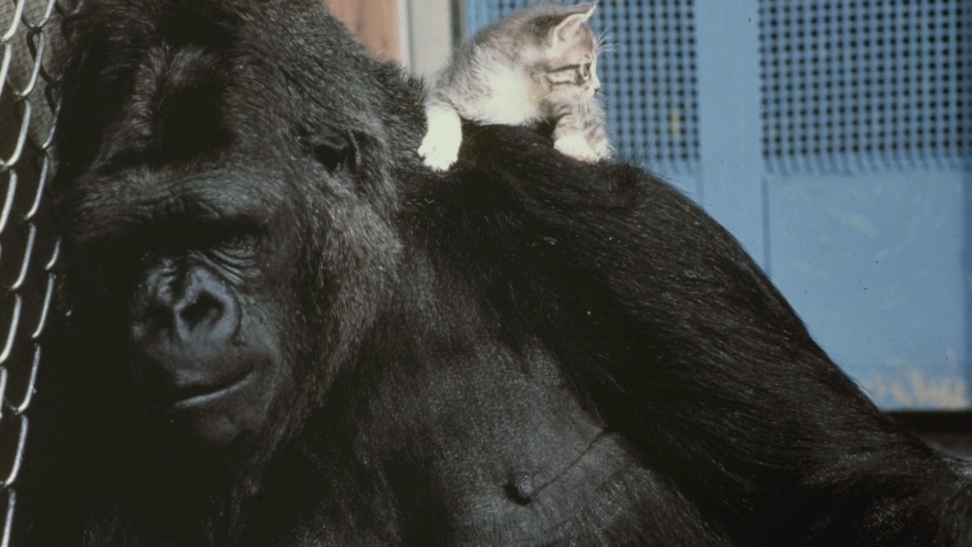
A Kitten Of Her Own
All Ball
The Gorilla Foundation wrote Koko nursed All Ball and was gentle and displayed love and affection towards her. They also said Koko nurtured and taught All Ball skills like how to care for her offspring!
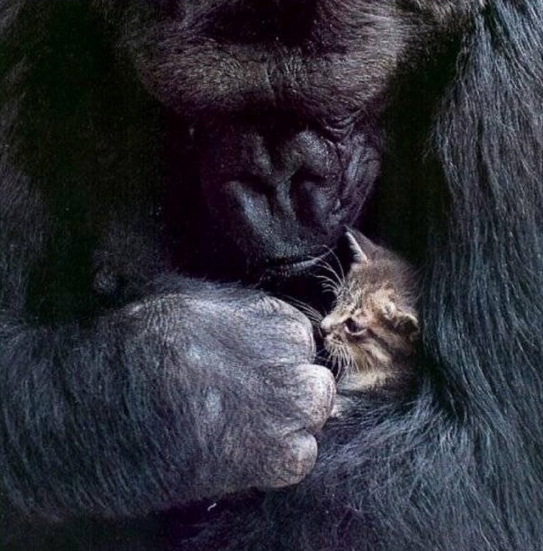
All Ball
2nd Nat Geo Cover
This was the inspiration behind the second National Geographic cover in January 1985. Koko appeared with her pet kitten All Ball. The photo was taken by Ronald Cohn.
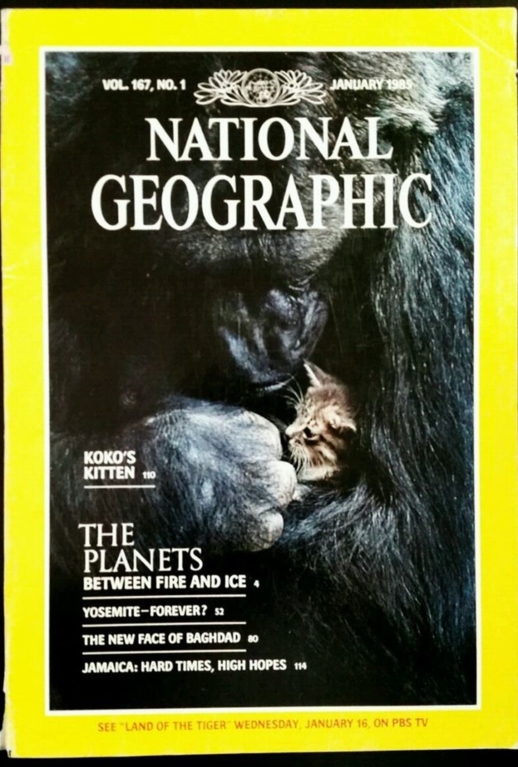
2nd Nat Geo Cover
She Displayed Grief
Unfortunately, in 1984, All Ball escaped from Koko’s cage and was hit by a car. Patterson reported Koko signed “Bad, sad, bad” and “Frown, cry, frown, sad” in response to the event. Patterson also stated Koko made sounds similar to humans when they are crying.
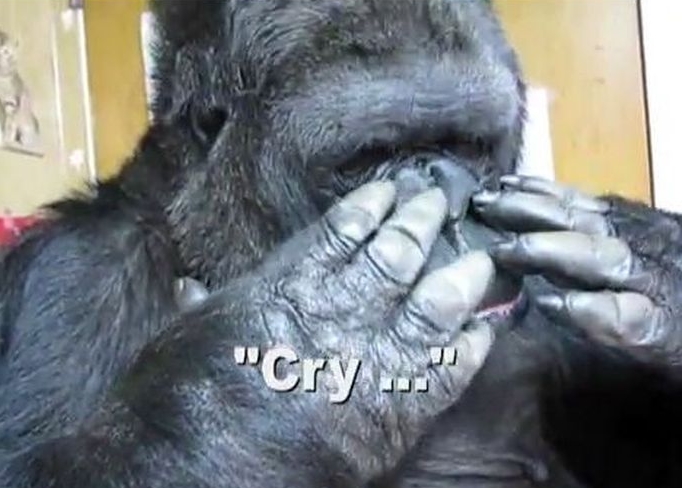
She Displayed Grief
Koko, The Gorilla Who Loved Cats
The following year, in 1985, Koko was allowed to pick two new kittens. She named them “Lipstick” and “Smoky.” She sure was one cat loving gorilla!
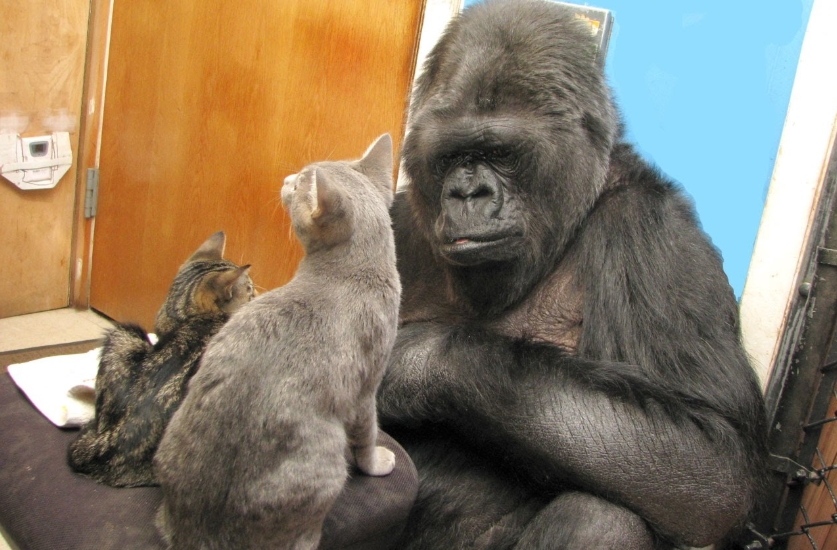
Koko The Gorilla Who Loved Cats
Famous Friends
In addition to the National Geographic covers, Koko appeared in several documentaries and had many famous friends! She had a viral video with Robin Williams in 2001. She infamously played with Williams and even tried on his glasses!
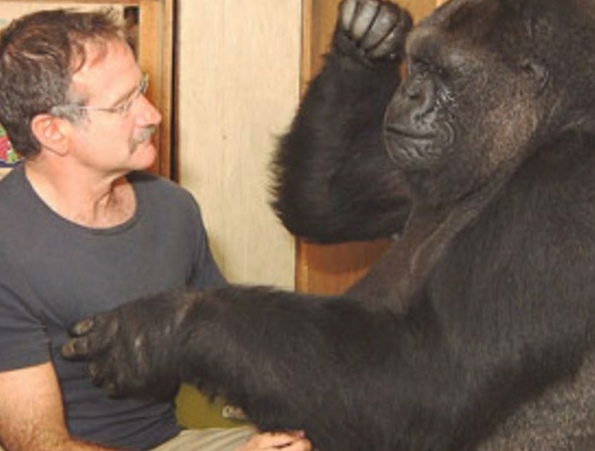
Famous Friends
Robin Williams Death Impacted Her
When Robin Wiliams died in 2014, Koko took it hard. After meeting in 2001, the two became and stayed friends. In the aftermath of Williams death, The Gorilla Foundation stated that Koko was “quiet and very thoughtful” when she was informed of his death.
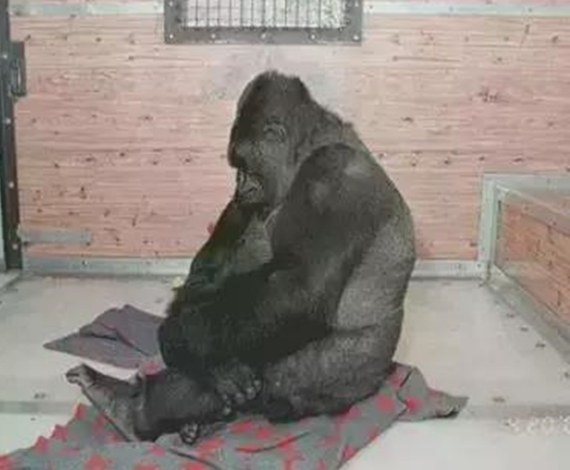
Robin Williams Death Impacted Her
Her Impact Is Huge
So Koko used language, displayed emotions, cared for her kitten like a mother, had celebrity friends and now displayed grief! The Gorilla Foundation stated, “Her impact has been profound and what she has taught us about the emotional capacity of gorillas and their cognitive abilities will continue to shape the world.”
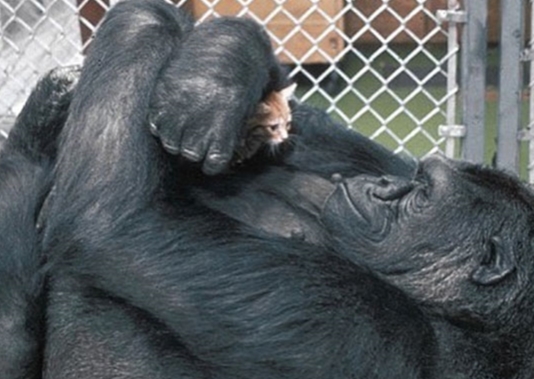
Her Impact Is Huge
Koko Reported Dead At 46
Sadly, Koko very recently died. She reportedly died in her sleep on June 19, 2018. She was 46 years old.
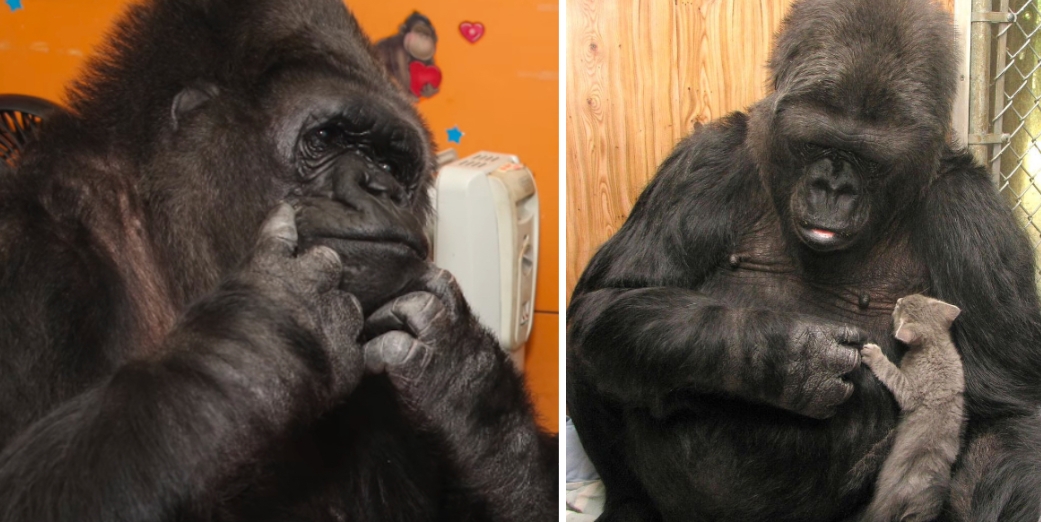
Koko Reported Dead At 46
Buried Next To Her BFF
Koko was buried at a grave site in Woodside, California. She was buried alongside Michael, another western lowland gorilla which came to live with Koko at the sanctuary. The two were close friends according to Patterson. “They were great playmates and companions. They were good together, and she loved him so much,” Patterson stated. “It just feels right to have them close.”
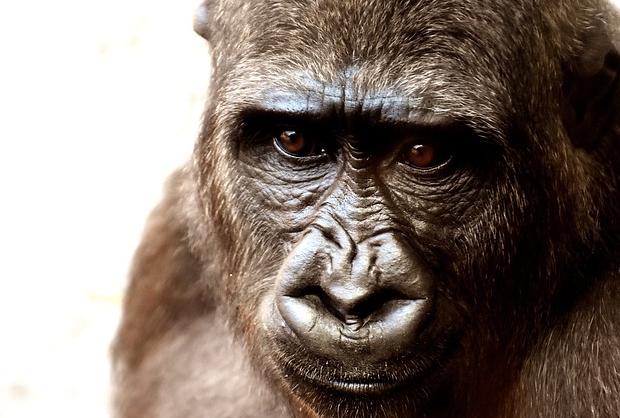
Buried Next To Her BFF
Resting In Peace
Patterson said in a recent interview Koko looked “peaceful” after she died. Patterson was of course at her side when she died. In a recent interview with ABC news, Patterson said, “We’re still trying to understand what the cause was.” She continued, “Many gorillas have a heart condition, cardiomyopathy, and she had it, but it was apparently a mild case and was being treated for that. That’s one possibility.”
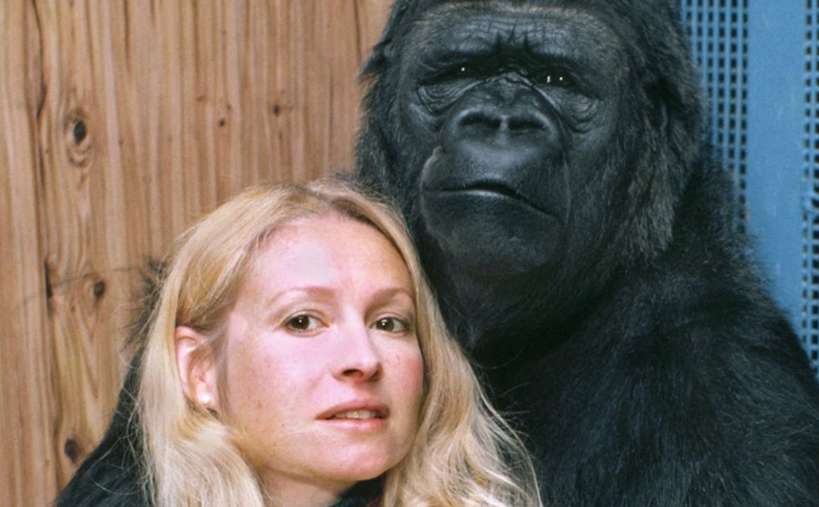
Resting In Peace
Koko’s Legacy Will Live On
The Gorilla Foundation issued a statement that it “will continue to honor Koko’s legacy and advance our mission” by studying sign language in great apes and pursuing conservation projects in Africa and around the world. Despite her death, Koko’s legacy and impact on science and philosophy will live on forever.
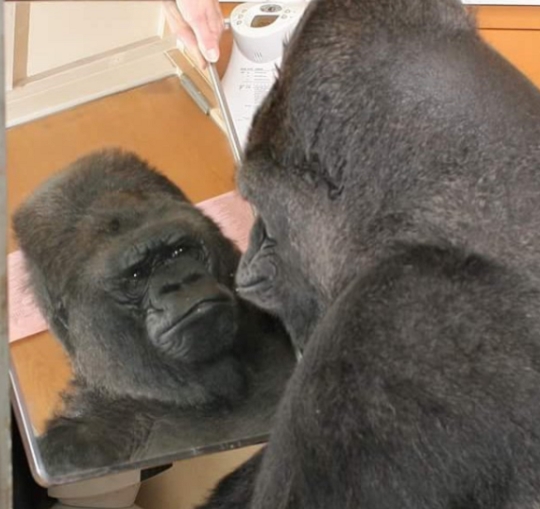
Kokos Legacy Will Live On



